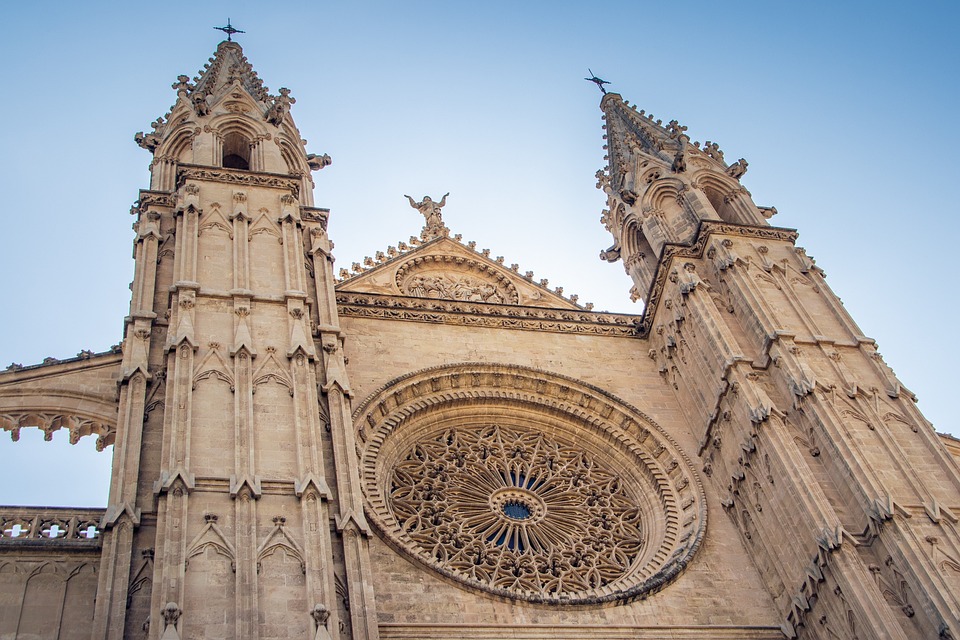Gothic Revival Interiors: Ornate and Dramatic Designs
Gothic Revival interiors are known for their ornate and dramatic designs that bring the beauty and grandeur of medieval Gothic architecture into the modern home. This style originated in the 18th century as a reaction against the simpler, more restrained styles of the time, and it continues to captivate designers and homeowners today with its intricate details, rich textures, and romantic atmosphere.
History of Gothic Revival Interiors
The Gothic Revival style first emerged in the late 18th century in England, inspired by the medieval Gothic architecture of the Middle Ages. It gained popularity during the 19th century as a romantic and nostalgic response to the Industrial Revolution and a yearning for the beauty and craftsmanship of the past.
Architects and designers like Augustus Welby Northmore Pugin and A.W.N. Pugin played a significant role in popularizing the Gothic Revival style, incorporating elements such as pointed arches, ribbed vaults, and decorative tracery into their designs. The movement spread to other countries, influencing architecture, interior design, and decorative arts throughout Europe and North America.
Key Elements of Gothic Revival Interiors
Gothic Revival interiors are characterized by their use of medieval-inspired architectural details, rich colors, and opulent furnishings. Key elements of this style include:
Pointed Arches
One of the most distinctive features of Gothic architecture, pointed arches are a common element in Gothic Revival interiors. These arches create a sense of height and verticality, adding drama and elegance to a space.
Ribbed Vaulting
Ribbed vaulting, a structural element used in Gothic cathedrals, is often replicated in Gothic Revival interiors to give ceilings a sense of grandeur and intricacy. This feature adds depth and complexity to a room, enhancing its overall design.
Tracery and Ornamentation
Gothic Revival interiors are known for their elaborate tracery patterns and decorative ornamentation. These intricate designs, often inspired by nature and medieval motifs, add a sense of luxury and craftsmanship to walls, windows, and furniture.
Dark and Rich Colors
Deep, rich colors such as deep reds, blues, and greens are commonly used in Gothic Revival interiors to create a sense of drama and richness. These colors add warmth and depth to a space, complementing the ornate details and textures of the design.
Gothic Revival Furnishings
Furnishings in Gothic Revival interiors are often ornate and elaborate, reflecting the opulence of medieval palaces and cathedrals. Furniture pieces may feature carved detailing, intricate patterns, and luxurious fabrics such as velvet and brocade.
Modern Interpretations of Gothic Revival Interiors
While Gothic Revival interiors are rooted in history, they continue to inspire designers and homeowners today with their timeless elegance and dramatic flair. Modern interpretations of this style may incorporate traditional elements alongside contemporary touches to create a unique and personalized look.
For example, a modern Gothic Revival interior might feature a mix of antique and modern furnishings, combining the opulence of the past with the sleekness of the present. Bold colors and patterns can be used to update the traditional palette, adding a fresh and modern twist to the design.
Lighting also plays a key role in modern Gothic Revival interiors, with chandeliers, sconces, and candles creating a warm and inviting atmosphere. Vintage-inspired lighting fixtures can add a sense of authenticity to the space, while modern technology allows for innovative lighting solutions that enhance the overall design.
Overall, Gothic Revival interiors offer a unique and sophisticated style that brings the grandeur and romance of the past into the modern home. Whether you prefer a traditional or contemporary interpretation, this timeless style is sure to make a statement in any space.
In Conclusion
Gothic Revival interiors are a perfect blend of history, elegance, and drama. With their ornate details, rich colors, and opulent furnishings, they create a sense of grandeur and sophistication that is unmatched by any other style. Whether you are a fan of traditional Gothic Revival design or prefer a more modern interpretation, this style offers endless possibilities for creating a truly unique and captivating interior.
So if you’re looking for a style that is both timeless and dramatic, consider incorporating Gothic Revival elements into your home. From pointed arches to rich colors to intricate tracery, this style has something to offer for everyone who appreciates the beauty and craftsmanship of the past.
